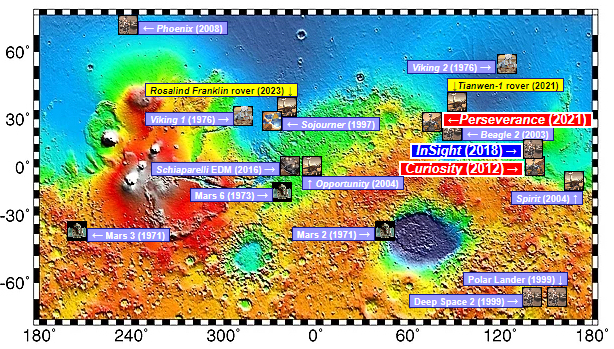There will be a partial solar eclipse visible from Abergavenny on the 10th June 2021. It will start at 10:04 am, the maximum is about an hour later at 11:09 am and it will finish at 12:20 pm. The Sun will be be very high in the sky at over 53 degrees, let’s hope it will not be too cloudy! Under no circumstances should you look at the Sun with your unprotected eyes and specially not with any instruments that were not designed for the purpose, if you do it is very likely you will suffer irreparable damage to your eyesight. You can purchase eclipse glasses for about £5 or project the Sun through a piece of card with a pinhole in it onto a second piece of card. Of course you can also buy special telescopes and filters that allow you to observe the Sun in safety. If in any doubt please contact a experienced member for advice (Observing@AbergavennyAS.org.uk).
For more details on timing please visit the website Timeanddate.com
There is some good advice on how to safely observer Sun at this link




